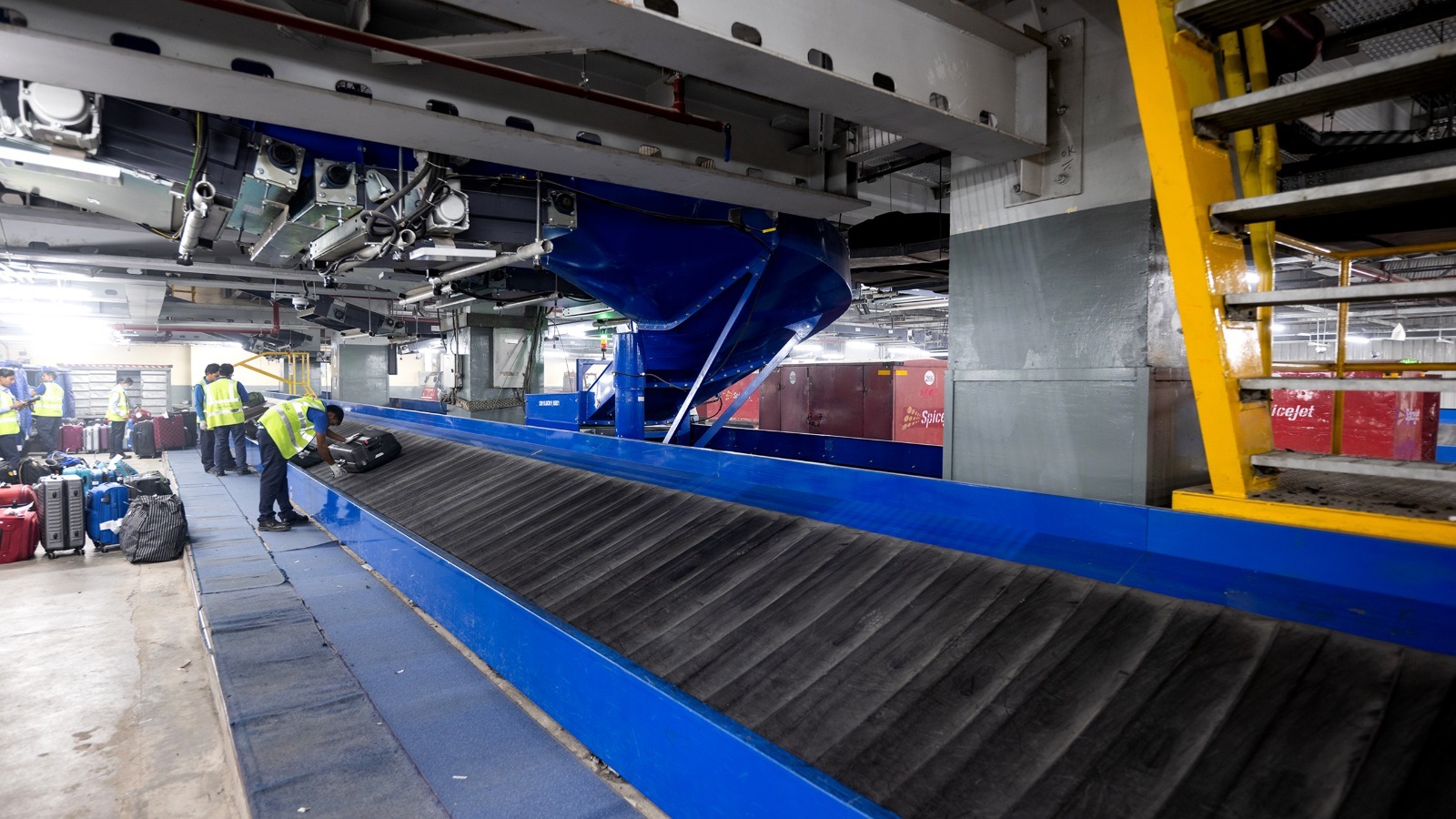
Human vs. Machine: Where Automation Should Stop in Airport Operations
08-Aug-2025
The true promise of automation is not a future without human hands, but one where technology amplifies human capability. Machines bring speed, accuracy and scale, but only human judgment can bring meaning, ethics and care.
In today’s complex airport environment, finding the right balance is essential. Automation helps reduce errors, cut costs and streamline processes. Yet, when faced with unpredictability, be it weather disruptions, passenger distress, or ethical dilemmas, it is human oversight that safeguards safety, trust and accountability.
1. Automation in Airport Operations: Benefits and Reach
Across multiple domains, automation has already reshaped how airports function:
- Passenger Processing: From self-service kiosks to biometric verification, automation can cut check-in times by half, improving passenger flow and reducing queues.
- Baggage Handling: AI-enabled tracking, autonomous carts, and robotic sorting systems minimize mishandling, ensuring smoother operations behind the scenes.
- Ground Operations: AI-driven taxi routing and autonomous towing vehicles enhance on-ground efficiency, though human supervision remains essential for real-time conflict resolution.
- Security Screening: Automated explosive detection systems, Passenger Screening Equipment, and predictive analytics support human screeners, improving detection accuracy when compliance protocols are followed. Here, Passenger Screening Equipment powered by AI has significantly enhanced throughput and minimized human error-yet it still depends on human validation for final clearance.
- Air Traffic Control: Digital remote towers and precision data tools provide invaluable support, yet the final authority and accountability always rests with human controllers.
2. The Human Element: Why Automation Has Limits
Despite its strengths, automation encounters boundaries where only human presence can prevail:
- Real-Time Judgment & Crisis Response: Unpredictable events such as sudden weather changes, equipment breakdowns, or passenger surges demand rapid prioritization and improvisation, skills AI cannot replicate.
- Emotional Intelligence & Passenger Relations: Technology can process data, but it cannot comfort a frustrated traveler, de-escalate tension, or instill confidence. Only human empathy bridges that gap.
- Ethical & Cultural Nuances: Issues of privacy, bias, and fairness require human discernment. Algorithms may detect anomalies, but they cannot interpret cultural sensitivities or make ethical tradeoffs—especially in areas involving Passenger Screening Equipment and data privacy.
- Skills Retention: As routine tasks shift to machines, human skills risk erosion. Over-automation can leave operators disengaged, fatigued and ill-prepared when systems fail.
- Automation Bias: Overtrust in automation or fatigue from false alarms can create dangerous blind spots. Humans must remain vigilant, ensuring that machines remain tools, not decision-makers.
3. Setting Boundaries: Where Automation Should Stop
Defining clear boundaries ensures that technology enhances operations without eroding human value:
- Strategic & Ethical Decisions: Questions of privacy, profiling, or fairness demand human oversight. Machines may flag anomalies, but final judgment must remain with people.
- Crisis Management: Emergencies, whether medical, operational, or infrastructural, require human adaptability, leadership and accountability.
- Customer-Facing Interactions: While chatbots and kiosks handle routine queries, reassurance, assistance and concierge services must remain human-led. Passengers value empathy during moments of stress.
- Operator Oversight: Automation should suggest, never dictate. Humans must retain the ability to verify, override and ensure that safety-critical decisions—especially in areas like Passenger Screening Equipment or baggage systems—are grounded in human control.
4. Designing a Hybrid Model: Human + Machine Teaming
The future is not human versus machine, but human plus machine. A truly resilient model leverages the strengths of both:
- Machines execute repetitive, data-intensive tasks with speed and precision.
- Humans supervise, interpret and decide, ensuring accountability and ethical grounding.
- Training must evolve, not just for technical skills, but to preserve manual capabilities and crisis-response readiness.
- Ethical frameworks should guide the use of biometrics, AI, and Passenger Screening Equipment, ensuring transparency, fairness and passenger consent.
- Trust calibration is critical, machines must be trusted enough to be useful, but not blindly followed.
Final Thought
Automation should serve, not substitute. It must be embraced as a force multiplier, not a replacement. Machines bring efficiency, scale, and consistency, but it is humans who provide the judgment, empathy, and accountability that define safe and trusted airport operations.
As Roy Sebastian, CEO of GEMS, rightly observes:
“In airport operations, technology should be harnessed to lift human operators, not replace them. The future lies in partnership, machines for volume and speed, humans for control, judgment and care.”
For services and inquiries, contact us at Rohitkumar.Singh@gmrgroup.in or call +91 97171 99753.
